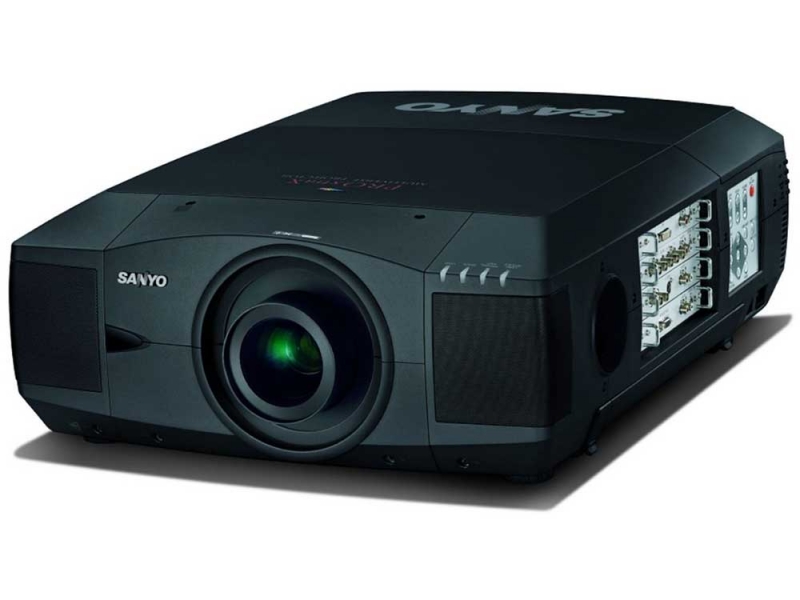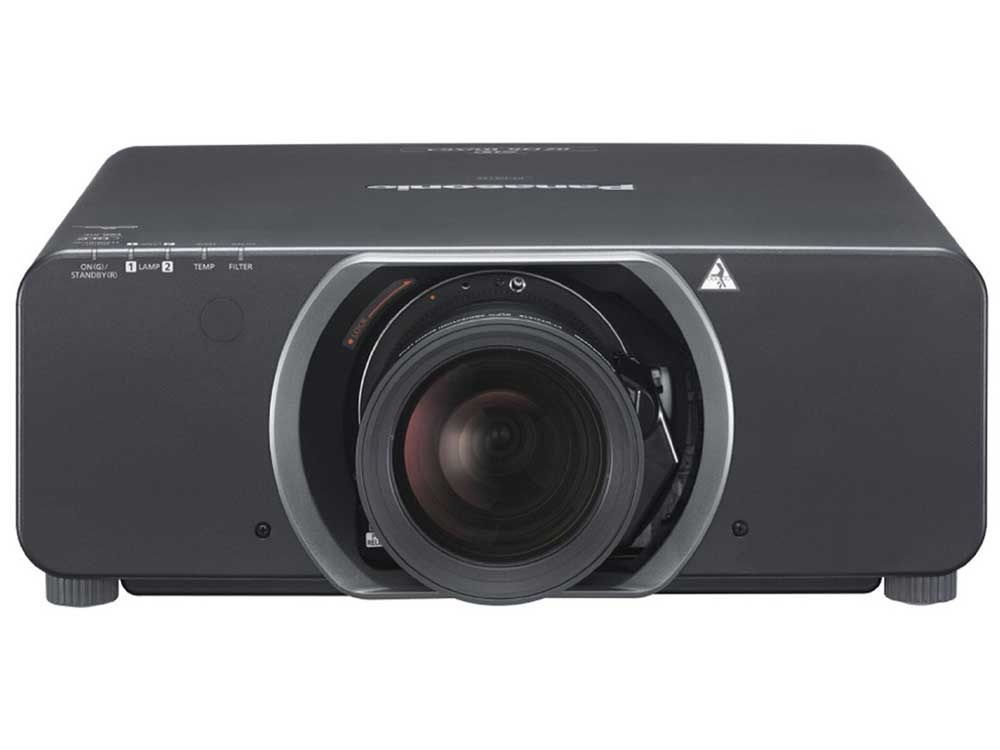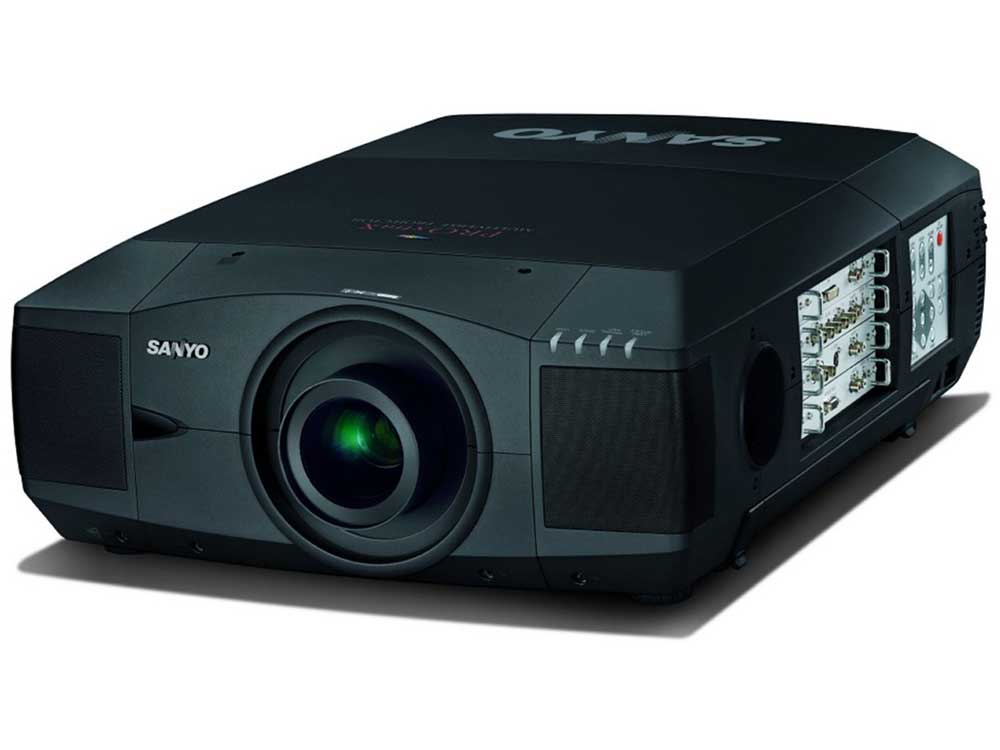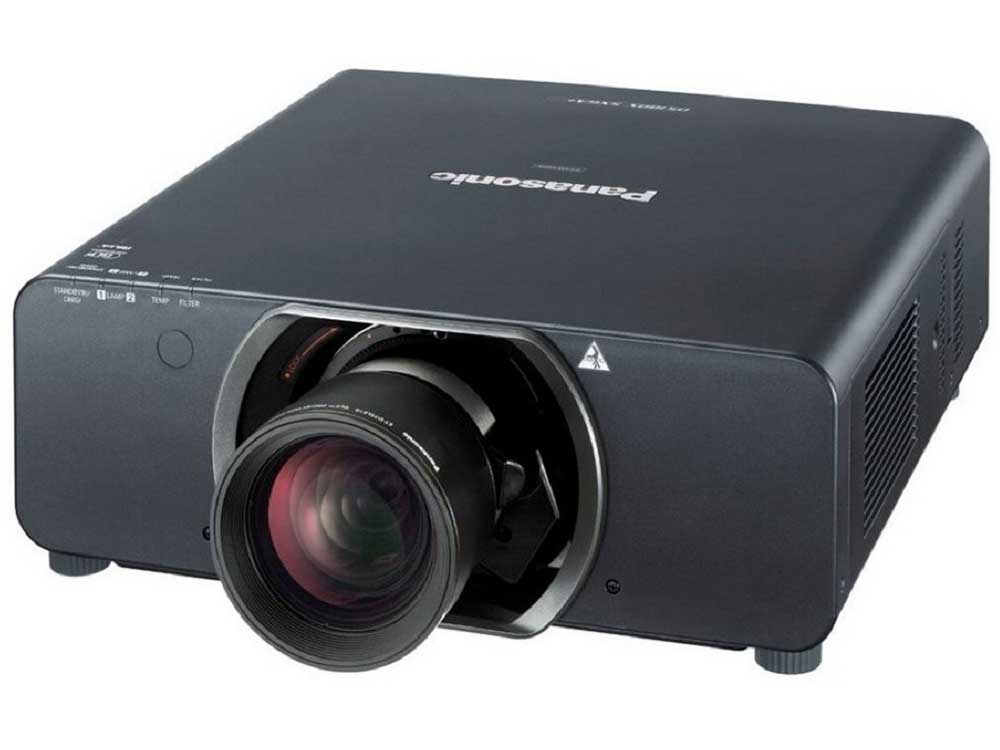what is wxga resolution
09 August 2023

|
Are you confused by the technical jargon when it comes to display resolutions? Look no further, because we're here to demystify one of the most commonly used resolutions - WXGA. In this article, we will break down everything you need to know about WXGA resolution, from its definition and characteristics to its applications and benefits. Whether you're a tech enthusiast, a business professional, or simply someone looking to upgrade their display, understanding WXGA resolution can greatly impact your decision-making process. We will delve into the details of WXGA, including its aspect ratio, pixel count, and screen compatibility, to help you make an informed choice. So, if you're ready to unravel the complexity surrounding WXGA resolution and discover its relevance in today's digital world, let's dive right in! What does WXGA stand for? When it comes to display resolutions, WXGA stands for Wide Extended Graphics Array. It is an acronym that represents a specific resolution used in digital displays and projectors. The "W" in WXGA indicates that it has a wide aspect ratio, meaning the width of the display is greater than the height. The "X" signifies that it belongs to the extended category of resolutions, which indicates higher pixel counts compared to standard resolutions. Lastly, "GA" stands for Graphics Array, which refers to a display standard introduced by IBM in the 1980s. In terms of numbers, WXGA resolution typically refers to a display with a resolution of 1280 pixels in width and 800 pixels in height. This results in an aspect ratio of 16:10, which means the display is 16 units wide for every 10 units of height. This wider aspect ratio is particularly beneficial for tasks that require more horizontal space, such as working with spreadsheets or watching movies. Understanding aspect ratio and pixel count To understand WXGA resolution better, it's important to grasp the concept of aspect ratio and pixel count. Aspect ratio refers to the proportional relationship between the width and height of a display. In the case of WXGA, the aspect ratio is 16:10, as mentioned earlier. This means that for every 16 units of width, there are 10 units of height. This wider aspect ratio provides more screen real estate horizontally, allowing for a more immersive viewing experience. Pixel count, on the other hand, refers to the total number of pixels that make up a display. In the case of WXGA resolution, the pixel count is calculated by multiplying the width and height together. For WXGA, the pixel count is 1280 x 800, which equals 1,024,000 pixels. The higher the pixel count, the more detailed and sharp the image or content displayed on the screen will be. WXGA resolution compared to other common resolutions To put WXGA resolution into perspective, it's helpful to compare it to other commonly used resolutions. Let's take a look at how WXGA stacks up against some popular resolutions: |
 |
|
WXGA vs. HD (High Definition): HD resolution, also known as 720p, has a resolution of 1280 x 720 pixels. While HD has a similar width to WXGA, it has fewer pixels in height. This means that WXGA offers a taller display, allowing for more vertical content. WXGA vs. FHD (Full High Definition): FHD, also known as 1080p, has a resolution of 1920 x 1080 pixels. FHD offers a higher pixel count compared to WXGA, resulting in a more detailed and sharper image. However, WXGA's wider aspect ratio can be advantageous for certain tasks that require more horizontal screen space. WXGA vs. WUXGA (Wide Ultra Extended Graphics Array): WUXGA has a resolution of 1920 x 1200 pixels, making it wider and taller than WXGA. WUXGA offers a higher pixel count and a slightly wider aspect ratio, which can be beneficial for tasks that require more screen real estate. It's important to consider your specific needs and use cases when choosing a resolution. While higher resolutions may offer more detail, WXGA's wider aspect ratio can be advantageous for certain tasks, such as multitasking or working with large spreadsheets. Advantages and disadvantages of WXGA resolution Like any display resolution, WXGA has its own set of advantages and disadvantages. Let's take a closer look at what makes WXGA resolution a viable option for many users: Advantages: Wider aspect ratio : WXGA's 16:10 aspect ratio provides more horizontal screen space, making it suitable for tasks that require multitasking or working with wide documents or spreadsheets. This can enhance productivity and improve the overall user experience. Compatibility : WXGA resolution is widely supported by various devices, including laptops, monitors, projectors, and televisions. This means that finding compatible displays or projectors with WXGA resolution is relatively easy, allowing for seamless integration into your existing setup. |
 |
|
Affordability : Compared to higher resolutions, WXGA displays and projectors are generally more affordable. This makes WXGA an attractive option for budget-conscious individuals or businesses looking to upgrade their displays without breaking the bank. Disadvantages: Lower pixel count : WXGA's pixel count of 1280 x 800 is lower compared to higher resolutions like FHD or WUXGA. This means that WXGA might not offer the same level of detail or sharpness as higher resolutions. However, the difference in pixel count might not be noticeable for everyday tasks or casual media consumption. Less suitable for media consumption : While WXGA can display high-definition content, it might not provide the same level of immersion as higher resolutions like FHD or 4K. If you're a movie enthusiast or a gamer seeking a more immersive experience, higher resolutions might be a better fit for your needs. It's crucial to consider your specific requirements and use cases before deciding on a display resolution. WXGA's wider aspect ratio and affordability make it a compelling option for many users, especially for productivity-focused tasks. How to choose the right display or projector with WXGA resolution Now that you understand the ins and outs of WXGA resolution, you might be wondering how to choose the right display or projector that supports this resolution. Here are a few key factors to consider: Intended use : Determine how you plan to use the display or projector. Are you primarily using it for work, entertainment, or a combination of both? This will help you narrow down your options and prioritize certain features. Screen size : Consider the screen size that best suits your needs. WXGA displays are available in various sizes, ranging from compact monitors to large-screen projectors. Think about the space you have available and the distance at which you'll be viewing the screen to determine the ideal size. Connectivity options : Check the available connectivity options on the display or projector. Ensure that it has the necessary ports and compatibility with your devices, such as HDMI or VGA, to ensure seamless connectivity. Additional features : Consider any additional features that might enhance your user experience. This could include things like built-in speakers, adjustable stands, or ergonomic design for monitors. By considering these factors and doing thorough research, you can find a display or projector with WXGA resolution that best suits your needs and preferences. The future of WXGA resolution In conclusion, understanding WXGA resolution is essential for making informed decisions when it comes to choosing displays or projectors. WXGA's wider aspect ratio and affordability make it a popular choice for various applications, ranging from business presentations to casual media consumption. While higher resolutions offer more detail, WXGA's advantages in terms of screen real estate and compatibility make it a compelling option for many users. As technology advances, higher resolutions like 4K and 8K are becoming more prevalent. However, WXGA resolution will continue to have its place in the market due to its balance between affordability and functionality. It remains a viable choice for those seeking a reliable display resolution that meets their specific needs. So, whether you're a professional looking to upgrade your office setup or an individual considering a new monitor for your home, understanding WXGA resolution can help you make an informed decision. Embrace the wider aspect ratio and explore the possibilities that WXGA has to offer in today's digital world. |
 |
